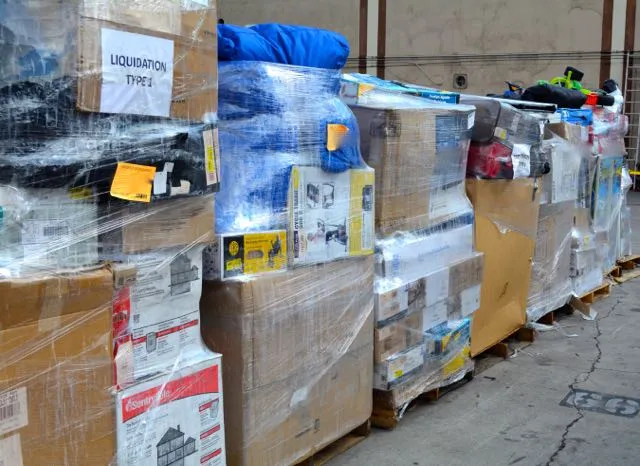The corridors of department stores, once bustling with excited shoppers, now echo with emptiness. These once-thriving centers of business and culture are entering a new chapter: liquidation. This article explores department store liquidation, where discerning consumers embark on unique treasure hunts, and the remains of retail giants find new life.
The Demise of Department Stores
The demise of department stores was a gradual process brought on by shifting consumer preferences and the unrelenting advance of e-commerce. Traditional department stores used to be the go-to locations for shoppers seeking variety and elegance due to their lavish architecture and extensive product selections. However, a number of factors came together to undermine this retail model:
- The Digital Revolution: The emergence of e-commerce behemoths like Amazon has transformed the way consumers shop by providing unmatched convenience, aggressive pricing, and a limitless array of options at the touch of a button.
- Changing Consumer Behavior: Millennials and Generation Z, who constitute a significant portion of today’s consumer base, prefer distinctive experiences, eco-friendly goods, and smaller, niche businesses over what department stores often offer.
- Operating expenses: It was difficult for department stores to compete with online retailers using leaner models because of the sheer size of their operations and the hefty overhead expenses associated with maintaining huge physical facilities and large personnel.
- Adaptation Lag: Some venerable department shops struggled to adapt to the digital age because they lacked a robust online presence or updated business models, which further hampered their ability to compete.
- Fierce Competition: Consumers now have more options than ever, which is weakening the distinct attractiveness of department stores. This is due to the expansion of specialty shops, discount merchants, and internet marketplaces.
Department Store Liquidation’s Development
As the sun sets on these retail behemoths, a new dawn comes in the form of department store liquidations. This process comprises the sale of a store’s assets, such as products, furniture, and even real estate, in order to pay creditors. More information on the fascinating aspects of department store liquidation is provided below:
- Bargain Bonanzas: Liquidation sales offer customers the chance to purchase upscale goods at steep discounts, creating a bargain shopper’s paradise with price reductions and an emphasis on the excitement of the hunt.
- Retail Time Capsules: As department shops purge their stock, customers frequently discover hidden treasures—unique finds, vintage goods, and even designer labels—that may have been stored aside for years.
- Historical Treasures:When famous department stores close, they may unearth historical treasures like old signs and advertisements, providing a glimpse into the store’s storied past.
- Opportunities in real estate: The enormous empty spaces left behind by shuttered department stores offer chances for urban redevelopment. These desirable locations can be developed into office buildings, entertainment complexes, or mixed-use developments.
- Community Impact: The closing and liquidation of a significant department store may have a significant impact on the neighborhood, leading to employment losses, changes in property prices, and modifications to the local retail environment.
Conclusion: A Retail Revolution Unfolds
Department stores’ experiences during liquidation reflect the ever-changing retail landscape. Liquidation reminds us of the enduring appeal of great deals and the thrill of the hunt, though these retail titans’ future remains uncertain. In an era of rapidly changing customer preferences and retail environments, adaptability is key.
As shoppers seek convenience and unique experiences, the retail industry must learn from the past. Retailers of the future must adapt and evolve, whether through embracing e-commerce, offering sustainable products, or creating immersive in-store experiences.
Until then, department store liquidation remains a captivating chapter in retail history. It’s where the past and present converge in a paradise for bargain hunters. The retail sector must adapt as consumers continue to seek convenience and one-of-a-kind experiences.
The retailers of the future will need to change and adapt, be it through adopting e-commerce, providing sustainable products, or developing immersive in-store experiences. Until then, department store liquidations continue to be a fascinating part of retail history, where the past and present meet in a haven for bargain hunters.
